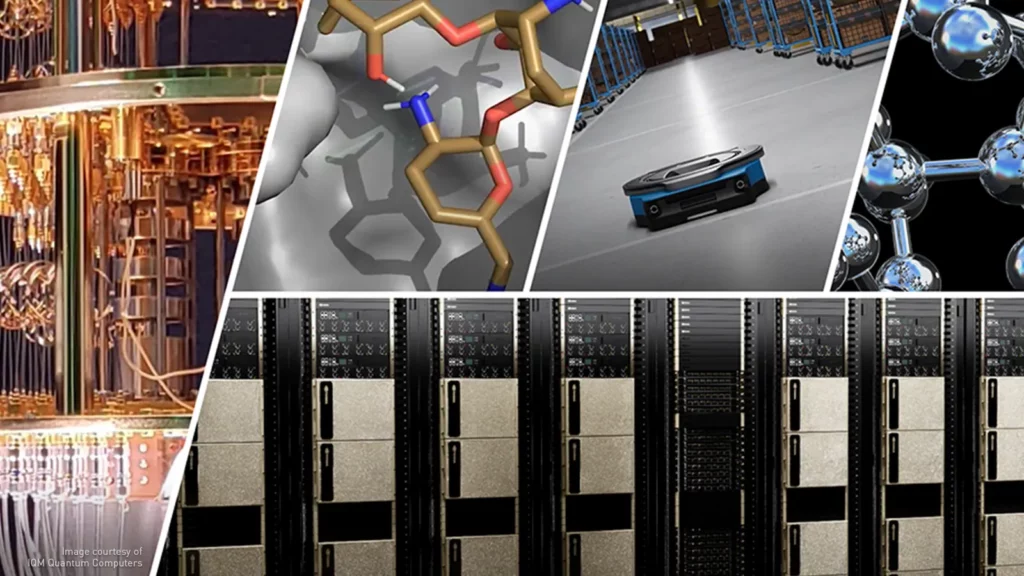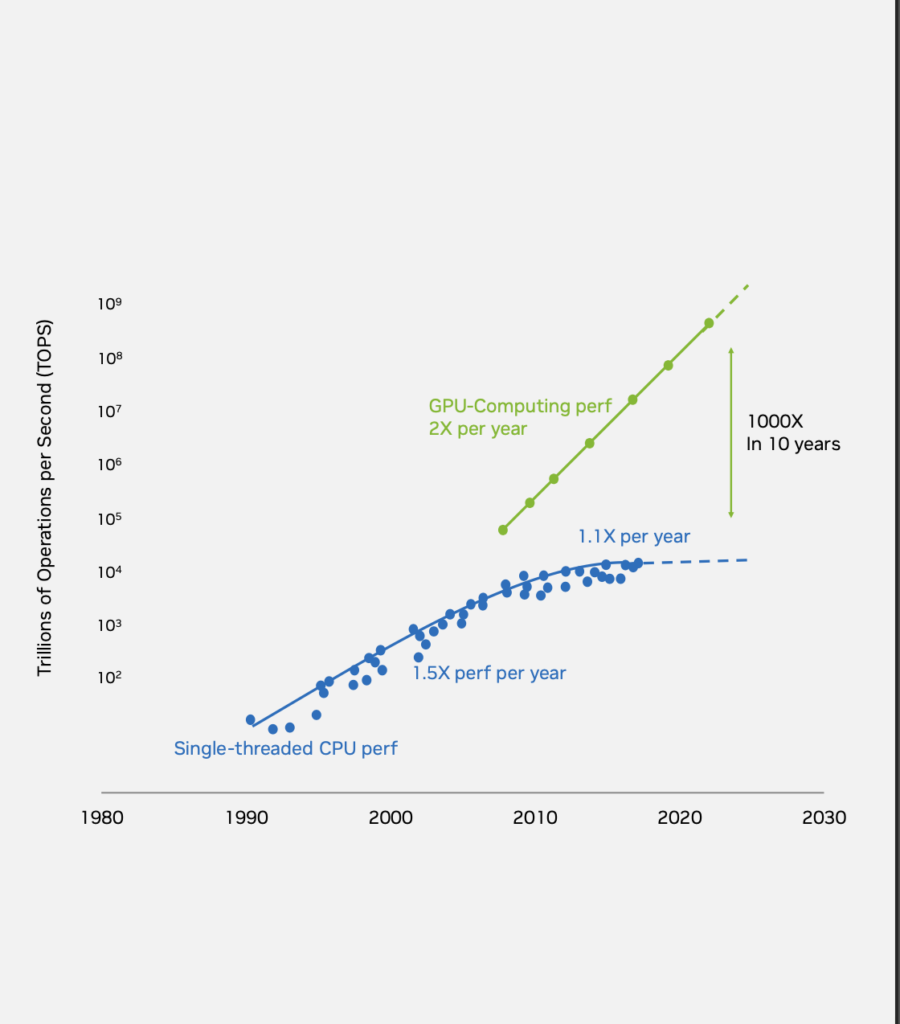Introduction:
Nvidia, renowned for its groundbreaking advancements in the semiconductor industry. It has not only reshaped the technological landscape but also imparted invaluable lessons to entrepreneurs, innovators, and leaders worldwide. From its humble beginnings in the 1990s to its current status as a global tech giant, Nvidia’s journey is a testament to resilience, innovation, and visionary leadership. Let’s delve deeper into the 6 Keys to Nvidia Success

“Success is a work in progress. It’s not about achieving a goal; it’s about constantly improving and pushing boundaries.”
~ Jensen Huang, CEO, Nvidia
Follow us on Linkedin for everything around Semiconductors & AI
Nvidia Secret Sauce: Unveiling 6 Keys to Their Success
1. The Power of Specialization:
Nvidia started by focusing on GPUs, a specific niche within the computer hardware market. This focus allowed them to innovate rapidly and become a dominant force.

Image Credits: Nvidia
What’s the Difference between GPU and CPU
Example: Instead of trying to compete in the broader CPU market dominated by Intel, Nvidia focused on GPUs. This allowed them to develop specialized architectures ideal for graphics processing, leading to superior performance for gaming and other visual applications. This led Nvidia to become a Multi Trillion Dollar Company in 2024.
Read More:A New RISC-V Breakthrough Chip Merges CPU, GPU & AI into One – techovedas
2. Adapting to New Markets:
While known for gaming GPUs, Nvidia saw the potential of GPUs for scientific computing and AI. This diversification opened new avenues for growth.

Example: While initially known for gaming GPUs, Nvidia saw the potential for their technology in scientific computing and Artificial Intelligence (AI). They developed tools and libraries (like CUDA) specifically for these fields, allowing researchers and developers to leverage the power of GPUs for complex simulations and deep learning models.
3. The Rise of Parallel Processing:
GPUs, with their massive cores, excel at parallel processing. Nvidia’s success highlights the importance of this approach in tackling complex problems.
Example: Traditional CPUs excel at handling single tasks sequentially. GPUs, on the other hand, have thousands of cores designed for parallel processing. Nvidia’s success highlights the importance of this approach for complex problems that can be broken down into smaller, independent tasks. AI and scientific computing heavily rely on this parallel processing power to analyze massive datasets and perform complex calculations.
4. Hardware & Software Synergy:
Nvidia doesn’t just make GPUs; they develop software tools (like CUDA) to unlock their potential. This integrated approach maximizes performance.

Nvidia doesn’t just manufacture powerful GPUs; they also develop software tools like CUDA. CUDA is a programming framework that allows developers to write programs specifically designed to utilize the parallel processing capabilities of Nvidia GPUs. This synergy between hardware and software unlocks the full potential of their technology and makes it easier for developers to leverage its power.
Read More: Forget GPUs, CUDA is the Real Powerhouse Behind Nvidia Trillion-Dollar Ascent
5. The Gaming Industry’s Influence:
The gaming industry’s constant demand for better graphics pushed Nvidia to develop powerful GPUs. This indirectly benefits other fields that rely on similar processing power.
Example: The constant demand from gamers for more realistic and immersive experiences pushes Nvidia to develop ever more powerful GPUs. These advancements in gaming technology have a ripple effect, benefiting other fields like scientific visualization, engineering simulations, and even movie production that rely on similar high-performance graphics processing capabilities.
I happen to believe that video games will be the largest sport and entertainment in the world. The reason for that is a video game can be every sport. You can be anybody.
~ Jensen Huang, CEO, Nvidia
Read More: 4 Talks on Future of Semiconductor Industry by Intel Nvidia AMD and TSMC CEO
6. Investing in the Future:
Nvidia’s ventures into AI research and self-driving cars showcase their commitment to staying ahead of the technological curve. Nvidia actively invests in research areas like Artificial Intelligence and self-driving cars. This commitment to staying ahead of the technological curve positions them to be a major player in these rapidly evolving fields. Their research and development in AI has applications not just in self-driving cars but also in areas like medical diagnosis and drug discovery.
Example:
In a show of support for safe and beneficial artificial intelligence (AI), Jensen Huang, CEO of Nvidia, personally delivered the world’s first supercomputer specifically designed for AI to OpenAI in 2016. This machine, called a DGX-1, was a powerful system equipped with eight Nvidia Tesla P100 GPUs.
Elon Musk, a co-founder of OpenAI at the time, had seen the potential of the DGX-1 and expressed interest in acquiring one for the non-profit’s research. Huang’s personal delivery highlighted the significance of this collaboration between Nvidia, a leader in hardware, and OpenAI, a research institute focused on responsible AI development.

Read So much more about Nvidia here
Conclusion:
In conclusion, Nvidia’s journey is a testament to the power of vision, innovation, resilience, and inclusivity.
By embodying these values and lessons, entrepreneurs, leaders, and organizations can chart a course towards success, drive positive change, and make a lasting impact on the world.
As we navigate the complexities of the modern business landscape, let us draw inspiration from Nvidia’s journey and strive to emulate its ethos of excellence, integrity, and innovation.




